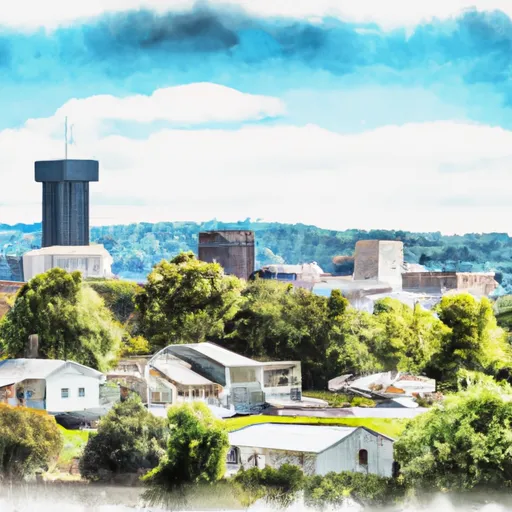°F
°F
mph
Windspeed
%
Humidity











Gray, located in northeastern Tennessee, has a humid subtropical climate with hot summers and cool winters. The region is situated on the banks of the Watauga River, which is known for its excellent fishing opportunities. The river is also used for kayaking and canoeing. The Nolichucky River is another popular destination for outdoor enthusiasts. The area is home to several parks and preserves, including the Rocky Mount State Historic Site and the Warriors' Path State Park. Hiking, biking, and horseback riding trails provide visitors with a variety of outdoor recreation opportunities. The region is also known for its scenic beauty, with many opportunities for birdwatching and wildlife viewing.
Weather Forecast
Gray receives approximately 1070mm of rain per year, with humidity levels near 83% and air temperatures averaging around 14°C. Gray has a plant hardyness factor of 7, meaning plants and agriculture in this region tend to thrive during the non-winter months.
Regional Streamflow Levels
2,090
Cubic Feet Per Second
136
Cubic Feet Per Second
183
Cubic Feet Per Second
22
Cubic Feet Per Second
Nearby Camping
| Camping Area | Reservations | Toilets | Showers |
|---|---|---|---|
| Persimmon Ridge City Park | |||
| Davy Crockett Birthplace | |||
| Pleasant Ridge County Park | |||
| Lake Powhatan | |||
| Paris Mountain State Park | |||
| Horse Creek Rec Area |



